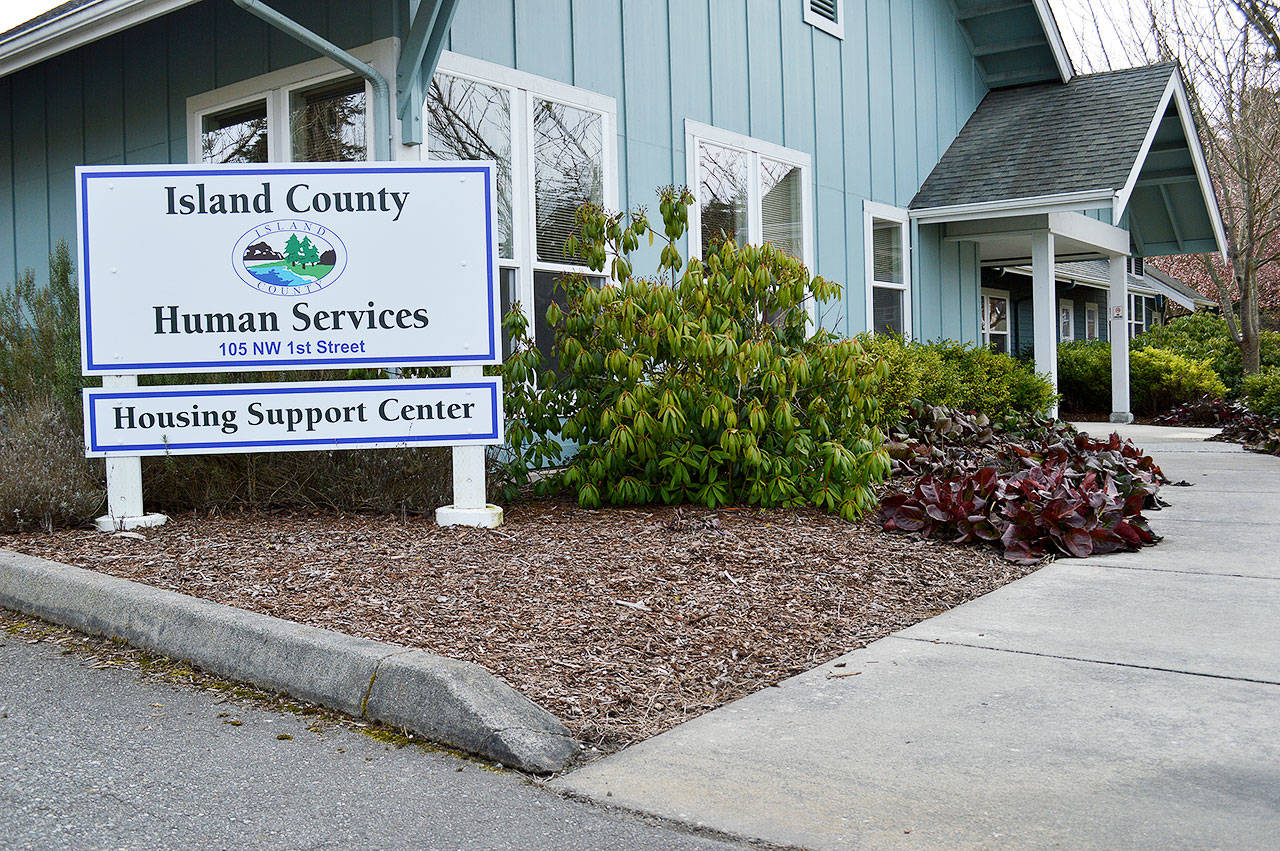Over 170 people were counted as either unsheltered or in temporary housing during the annual Point in Time Count in January, according to a presentation given to the Island County Planning Commission Monday.
Housing Resource Coordinator Joanne Pelant updated the commission on some of the issues and needs around housing in the county, including the recently completed results from the Point in Time Count.
County staff and volunteers surveyed 89 individuals in temporary housing, such as an overnight shelter, and 82 unsheltered individuals.
Of the unsheltered people who were surveyed, four were minors and 10 were veterans.
The results also found 37 were chronically homeless, which is defined as having experienced homelessness for a year or more and having a disability.
The 170 number is an increase from the 127 counted in 2017.
Pelant pointed out at the meeting that these numbers are gathered in one day and only provide a “snapshot” of the issue overall.
She also gave the commission information about work Human Services does through its Housing Support Center.
Almost 840 households have been screened and assessed by the center since it opened in August 2016, most of whom are unsheltered or at risk of experiencing homelessness.
The center has been able to refer 427 households to housing providers, leaving the rest on the housing interest list.
“A lack of affordable housing is the driver for homelessness,” Pelant said.
“That’s very clear in the data we have and the stories we hear.”
Pelant said around 90 percent of the center’s clients are from Island County or have strong ties to it.
There are a lot of individuals who the center has not been able to find any housing solutions for, many of whom are single and have significant mental health needs, Pelant said.
The ultimate goal is to reach “functional zero” in homelessness, which means there would be enough affordable housing capacity to be able to quickly find solutions to those entering homelessness.
“We need to get the number of people entering the system the same as the number of people we can house in any given month …” said Pelant.
“So we need to do some capacity building on the housing side for us to have the housing there to get to functional zero,” Pelant said.
She updated the commission on steps the county is already taking to increase capacity, such as the purchase of a property on Pioneer Way slated for construction of 51 affordable housing units, approximately half of which will be for veterans.
On another piece of property on North Oak Harbor Street, the county hopes to build both a mental health crisis stabilization center and supportive low-income housing.
Commissioner Beth Munson questioned if building new affordable housing units should be the solution, rather than making it easier for all developers to build and using existing housing.
Munson read a letter from a developer that said current regulations make it too difficult to build and prices would go down if it was easier.
“The prices would go down,” she said after she read the letter.
“If there’s more of anything, there’s more competition— prices go down.”
Meredith Penny, a long-range planner, said staff will be looking into streamlining the permitting process to encourage more development as part of the housing element update to the comprehensive plan.
Pelant said that while more development would help part of the issue, it wouldn’t be the solution for helping the lowest income households that need subsidized housing.
There are significant funding sources for building new supportive housing units, but the county wants to look at a variety of methods that may include re-using existing buildings, according to Pelant.
Although most of the current efforts are focused in Oak Harbor, she said the goal is to create housing solutions across incorporated and unincorporated parts of the county to allow “the workforce to live where their job is or send their kids to school where they want to go.”
“Your work can significantly help our work in serving the homeless population or even the people that work in our community in terms of school teachers, bank tellers,” Pelant said to the commission.
“Our workforce (is) really struggling for housing.”



